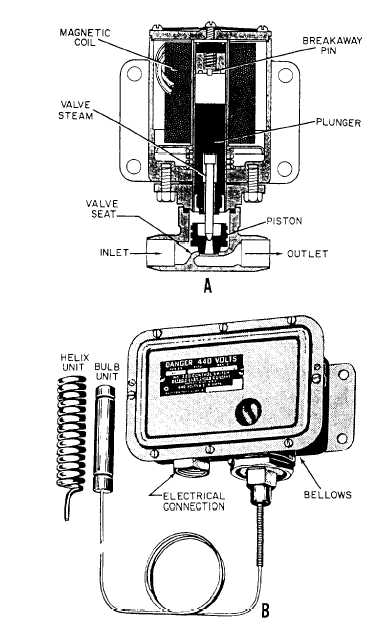Figure 10-10.-Solenoid valve and thermostatic control switch.
open. This action closes the solenoid valve and shuts off
all flow of liquid refrigerant to the TXV. When the
temperature in the refrigerated space rises above the
desired point, the thermostatic control switch closes, the
solenoid valve opens, and liquid refrigerant once again
flows to the TXV.
The solenoid valve and its related thermostatic
control switch maintain the proper temperature in the
refrigerated space. You may wonder why the solenoid
valve is necessary if the TXV controls the amount of
refrigerant admitted to the evaporator. Actually, the
solenoid valve is not necessary on units that have only
one evaporator. In systems that have more than one
evaporator and where there is wide variation in load, the
solenoid valve provides additional control to prevent the
spaces from becoming too cold at light loads.
In addition to the solenoid valve installed in the line
to each evaporator, a large refrigeration plant usually has
a main liquid line solenoid valve installed just after the
receiver. If the compressor stops for any reason except
normal suction pressure control, the main liquid
solenoid valve closes. This prevents liquid refrigerant
from flooding the evaporator and flowing to the
compressor suction. Extensive damage to the
compressor can result if liquid is allowed to enter the
compressor suction.
Evaporator Pressure Regulating Valve
In some ships, several refrigerated spaces of varying
temperatures are maintained by one compressor. In
these cases, an evaporator pressure regulating valve is
installed at the outlet of each evaporator EXCEPT the
evaporator in the space in which the lowest temperature
is to be maintained. The evaporator pressure regulating
valve is set to keep the pressure in the coil from falling
below the pressure corresponding to the lowest
evaporator temperature desired in that space. The
evaporator pressure regulating valve is used
l on water coolers,
l on units where high humidity is required (such
as fruit and vegetable stow spaces), and
l in installations where two or more rooms are
maintained at different temperatures by the use
of the same refrigeration unit.
A cross section of a common evaporator pressure
regulating valve (commonly called the EPR valve) is
shown in figure 10-11. The tension of the spring above
the diaphragm is adjusted so that when the evaporator
coil pressure drops below the desired minimum, the
spring will shut the valve.
The EPR valve is not really a temperature control;
that is, it does not regulate the temperature in the space.
It is only a device to prevent the temperature from
becoming too low.
Low-Pressure Cutout Switch
The low-pressure cutout switch is also known as a
suction pressure control switch. This switch is the
control that causes the compressor to go on or off as
required for normal operation of the refrigeration plant.
10-10

